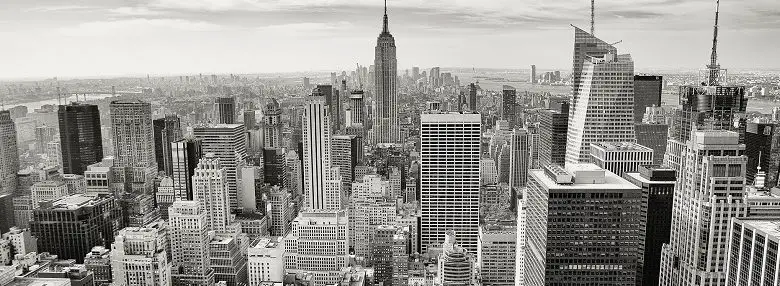
Urban planning student with a disability hopes to make cities more inclusive and accessible
Amelia O’Hare is an avid traveller, urban planning student and wheelchair user who is using her experiences to make cities more accessible for people with disabilities. Read on to hear how she is trying to make her own city more inclusive for everyone.
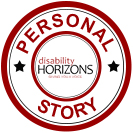 I have travelled to many cities all over the world and, although I love it, I always face the same type of discrimination. As a powerchair user, I face challenges that most people never even have to think about.
I have travelled to many cities all over the world and, although I love it, I always face the same type of discrimination. As a powerchair user, I face challenges that most people never even have to think about.
- Can I get into that restaurant?
- Will there be enough space?
- Will I be welcomed or made to feel uncomfortable?
- Is there accessible, affordable transport?
- Must I find alternative ways to participate in school trips, outside work projects and socialising?
Being an active person and having a disability means that extra planning and a willingness to accept that some places just aren’t accessible is necessary.
In addition to the lack of accessibility, society’s perception of disability can be the most challenging barrier to overcome. Many people who are abled-bodied still see the disability and not the person. As a disabled person, I know that this attitude can make someone feel like they are of little value, a burden, and unpleasant to be around because others feel uncomfortable.
As harsh as this sounds, it is often a reality. It is this major social barrier that prevents the marginalised disabled population from being able to fully participate in our own communities.
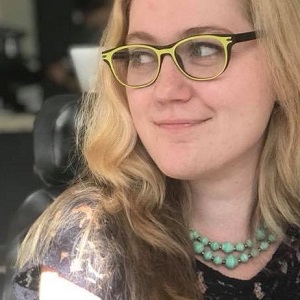
Using urban planning to change the narrative of people with disabilities
So how do we change this deeply-rooted perception of people with disabilities? We can start by changing the urban landscape and making spaces radically inclusive, which, in the long run, will benefit everyone.
Creating communities that are walkable, with reliable transport, job and education opportunities, places to hang out and affordable, accessible housing, allows people with disabilities to fully participate as active citisens, naturally making our participation a social norm. This is why urban planners should prioritise creating inclusive, accessible spaces.
Falling into the urban planning field
I didn’t exactly choose to be an urban planner or to focus on disability rights related to cities. I decided to attend the University of Illinois because of its inclusivity and universal design principles enabled me to live independently.
Like many other first-year college students, I had no idea what I wanted to do. So I took writing, art, and graphic design to explore my interests. When I found out that designing cities and cool spaces was a major, I was intrigued and so signed up.
But although I was surrounded by professors and students from various backgrounds, I was (once again) excluded and the one bringing accessibility into the conversation. In many of my classes, when disability was talked about, it was very surface level. Someone would fulfil an Americans with Disability Act (ADA) regulation and go no further.
When we talk about universal design or some sort of social movement, we must include all abilities. Disability is not just a medical diagnosis; it is also a social construct. My disability is created by the limitations society has built around me.
It is easy to sit back and talk about creating beautiful and inclusive communities. But we need business owners, politicians, landlords and employers to be involved in the push for inclusive design. We need people with disabilities to be involved in the planning process.
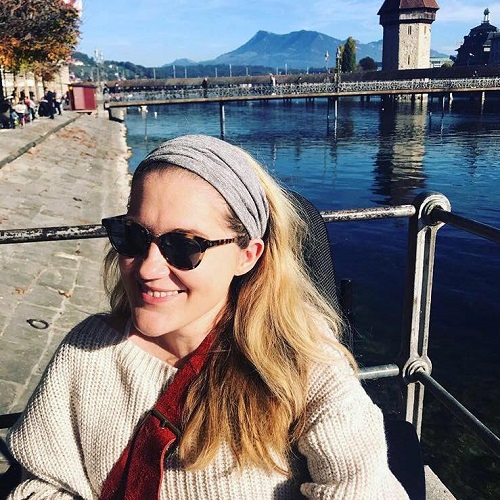
What needs to change for disabled people to be included?
We need better policies around public transport. I live in a transport desert, meaning that I have to rely solely on a car to get around and, since I can’t drive, I rely on family and friends. Accessible and reliable transport is the first step in creating inclusive communities.
Business owners need to start making their space inclusive. Advocates and allies can boycott businesses who refuse to accommodate. They can also write letters to political officials demanding policy change. Maybe we invite someone in a wheelchair or with a visual impairment to show us what it’s like to walk in their shoes.
- How do you get around?
- What do you notice when you go to work or at your favourite café?
- Can you open the door independently or do you wait for someone help you get in?
We need these stories and these perspectives in order to create change. We need to make doors easier to open, streets safer to cross and parks for everyone to enjoy.
We also live in a time where communities are torn apart by natural disasters, war, and famine that make people need to migrate. This creates the perfect opportunity to take advantage of designing inclusive spaces that welcome and give people the opportunity and resources to succeed.
The truth is, people with disabilities are often left behind when families are forced to move. The result will not only benefit our economies, but it could also contribute to pulling people out of poverty.
My career in urban planning
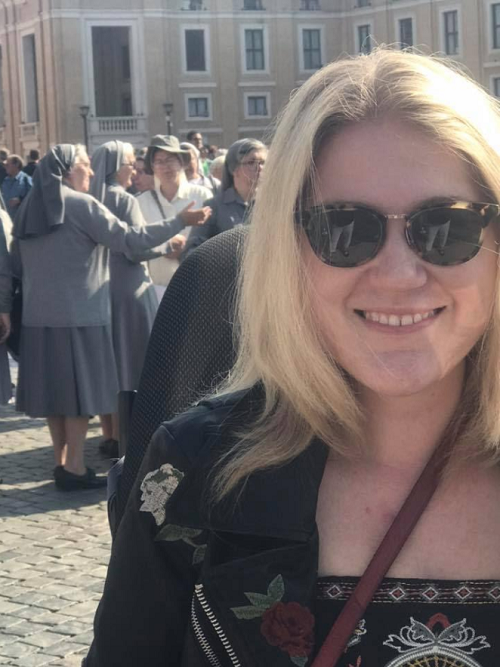
After graduation, I joined AmeriCorps, where I am a community organiser. In this role, I am currently creating a program to enable safe routes at one of the local schools. This will give kids of all abilities and ages a fun and reliable way to get to school.
To do it, I meet with teachers and residents to find the best route to use. Volunteer parents will then be able to walk a group of kids to school safely using this route. They are a great way to combat chronic absentee and encourage education.
I am also conducting a walkability and connectivity study. In this project, I have organised for a group of community leaders to walk with me around the community, looking for things to improve. As simple as it sounds, it can have a great impact.
A few of the things that we look at are:
- Are there benches for people to rest at?
- Is there a clear path for someone with mobility limitations?
- Are there signals for street crossings or bus stops?
- Is it pleasant to walk around?
After looking at these issues, we go back and meet with planners, mayors, and engineers to collaborate on short-term and long-term plans to make the walkability better for everyone.
I also recently had the opportunity to join the Lakeshore Foundation, which addresses various barriers in participation and leadership in the lives of people with disabilities. By joining them, I have attended many workshops and training sessions on how to address walkability, visitability and other issues pertaining to inclusion.
I am currently applying to do further studying at graduate school, where I will continue to learn more about urban planning and design for inclusive cities. I also hope to study abroad during that time, so that I can continue to study the social and physical barriers for people with disabilities.
It’s important that people with disabilities, like me, are involved in urban planning and that we speak out against the injustices we face every day. Hopefully, we will be able to create a society that does not see the disability and that creates an inclusive environment that welcomes diversity.
By Amelia O’Hare
We want to hear your story. Get in touch by emailing editor@disabilityhorizons.com. You can also leave your comments below, message us on Facebook or tweet us @DHorizons.
More on Disability Horizons…